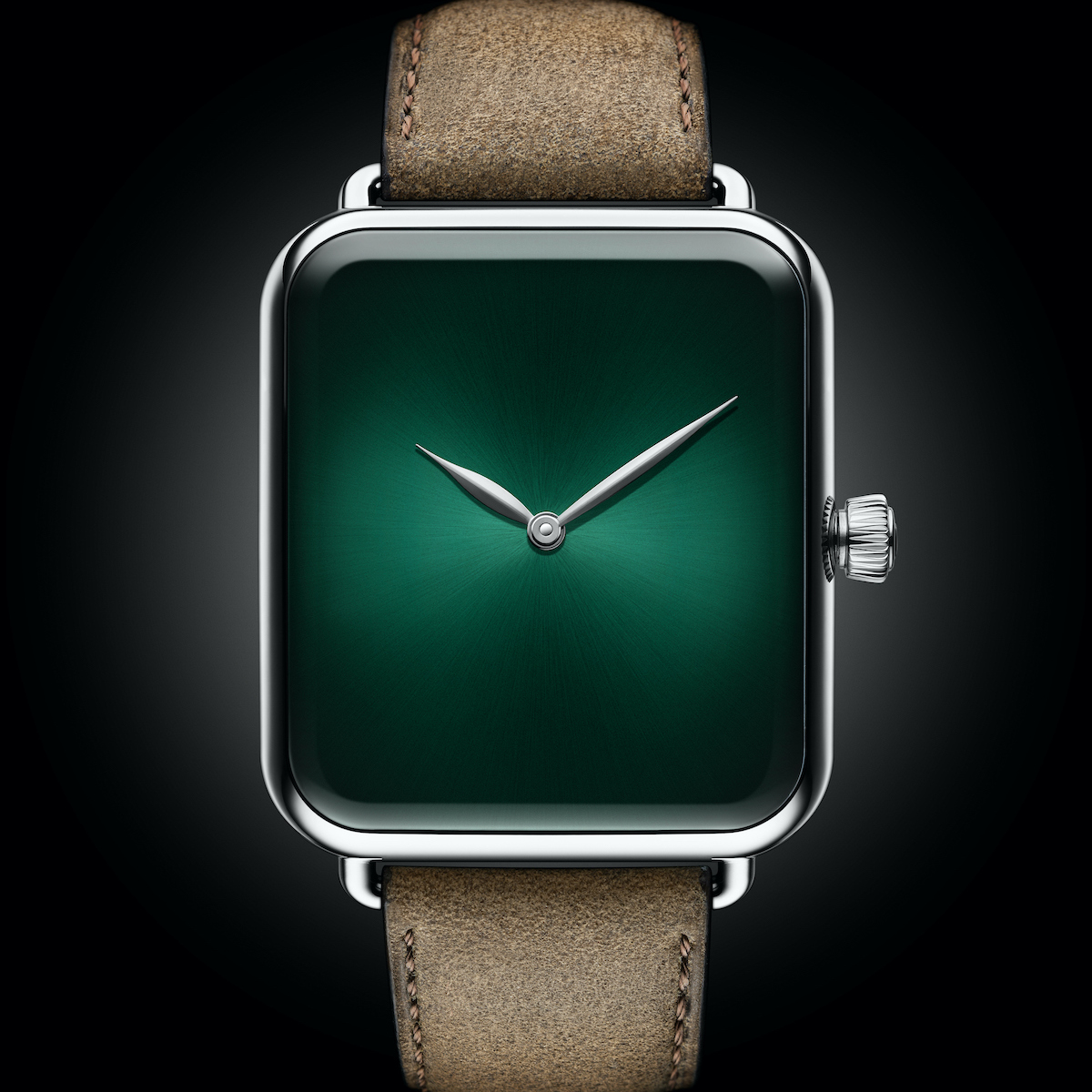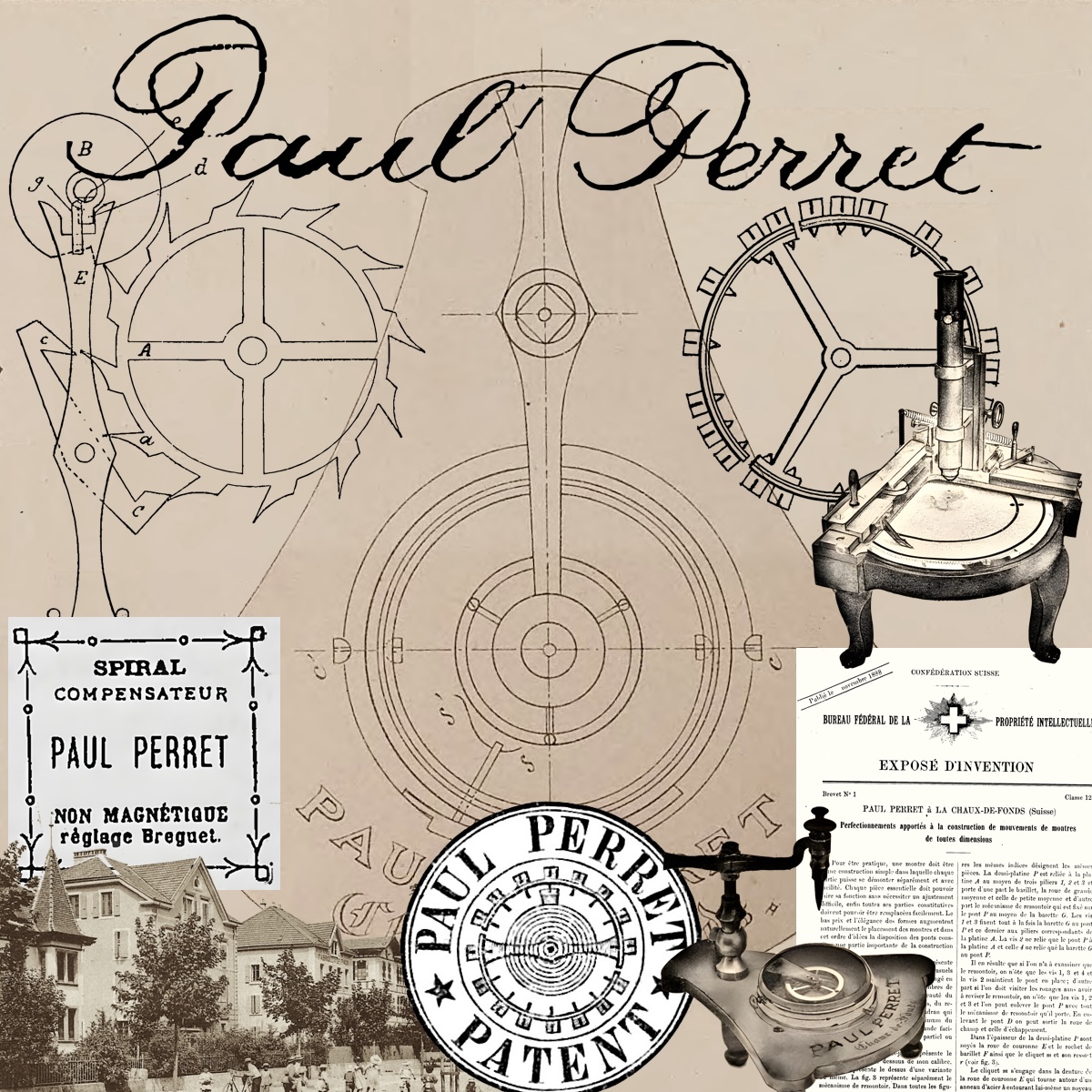A recent question on Quora prompted me to ponder the common yet often pointless seconds hand. Why do watches have a seconds hand anyway? When were they added? I researched the history and function of the seconds hand and came to some interesting conclusions: They’re a lot older than I had guessed, but didn’t really become common until the 20th century.

The seconds hand is indeed a later innovation in clocks, but was found as far back as the 15th century. Nevertheless, the seconds hands remained somewhat rare until recently. This is partly because of the needs of clock buyers and partly because of technology.
First, the historical facts. Seconds hands appeared in the 15th century on German clocks and reappeared intermittently for the next few centuries but didn’t become common until the 18th century. And then they were mainly featured on pocket watches and specialized scientific clocks rather than common clocks. Even today, many clocks lack a seconds hand, though most common watches have one.
A seconds hand wasn’t really practical to implement until the inventions of the pendulum for clocks and spiral balance spring for watches, both in the 17th century. Watchmakers added a “fourth wheel” to the standard three-wheel movement with a rotation period of one minute, and this drove the seconds hand. Later, the fourth wheel was integrated with the escape wheel pinion as part of the timekeeping function, so it became trivial to add a sub-dial for seconds.

This is one reason for the appearance of the seconds hand on pocket watches in the 19th century. The most-common arrangement of gears in the wheel train meant that a pinion extending from the fourth wheel could drive a seconds hand in a sub-dial with only a little extra work and expense. As noted below, an added benefit of sub-dial seconds was that one could see, at a glance, that the watch was still running, keeping time, so it did not require rewinding.
It wasn’t until the 20th century that the seconds hand moved to the center of the dial, co-axial with the hour and minute hands. Even then, it wasn’t until 1948 that Zenith’s Cal. 133 shuffled the arrangement of the gears to establish the seconds hand as the heart of the movement. The previous “indirect” central seconds hands exhibited some flutter as they moved since they weren’t in the flow of power.
Today, watches without seconds hands are fairly rare, though many do exist. I own a few: My A. Lange & Söhne Saxonia Thin has just two hands for an extra-clean dial, and chronographs like my Montblanc Homage to Nicolas Rieussec don’t need running seconds.

So it’s been technically feasible for clocks and watches to have a seconds hand since at least the 17th century. Why did it take three hundred years before they became common?
It’s important to consider why a clock has a seconds hand. When was the last time you scheduled an event to the second? Unlike the hour and minute hands, which are regularly used for shared planning and coordination, a seconds hand is for specialized personal timekeeping. This is why many clocks still don’t have a seconds hand: It’s just not all that useful.

A seconds hand is useful for timing things, which is why most chronograph watches have large central seconds for the chronograph function and either a smaller sub-dial or no hand at all for the running seconds. It’s also why some of the most sought-after watches are chronographs and often feature specialized markings for measuring speed or distance rather than time.

A side benefit of a seconds hand, especially for wrist watches, is simply to verify that it is running. That’s how I use the tiny seconds hand on my Jaeger-LeCoultre Reverso, since it’s far too small to read actual seconds. In fact, there is a fairly rare watch complication simply called an “operating indicator” which moves with no set pointer or dial markings to serve this same function.






Leave a Reply